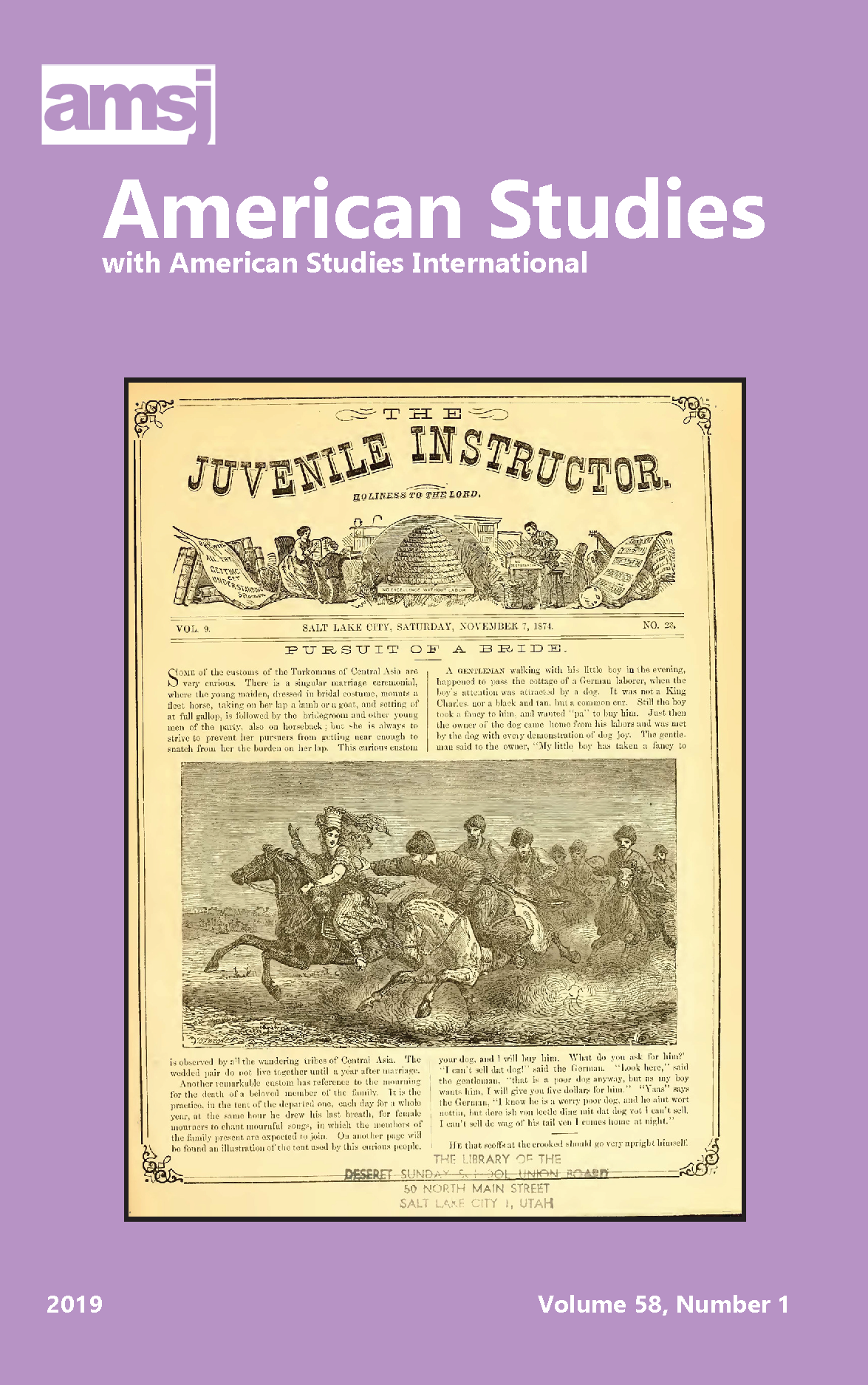Abstract
I read two late-nineteenth-century visions, narrated by a Goshute Indian and a Hopi Indian to Euro-American Mormon missionaries, with an eye to how they portrayed the non-human natural world and positioned their own communities’ futures in those environmental contexts. Both visions used imagery quite specific to the visionary’s immediate environment. It is tempting to dismiss Mormons’ reports of these visions as colonialist fantasies that confirmed for their audiences the truth of Mormonism, the success of LDS missionary efforts, and the ultimate triumph of Euro-American society and culture over Native American peoples and their traditions. Such an interpretation, however, misses a great deal of nuance in the ways these visions were narrated and reported. Far from illustrating the defeat of Native peoples and traditions, these visions, which situated well-lived Native lives and apocalyptic end-times in local geographies, demonstrated the cultural resilience of Native people who absorbed elements of Mormonism and narratively grounded them in the deserts and mountains of the Intermountain West. These case studies illustrate that cultural changes such as a conversion to Mormonism may become naturalized by their narrative rooting in local environments, and that Mormonism itself may be adapted through the same process. These visions and others like them both affirmed traditional ideas and values and opened the way for Native American peoples to absorb Mormon beliefs and practices into their changing worlds.
All items © Mid-America American Studies Association
Authors: If you prefer to remove your text(s) from this database please contact the editor.

